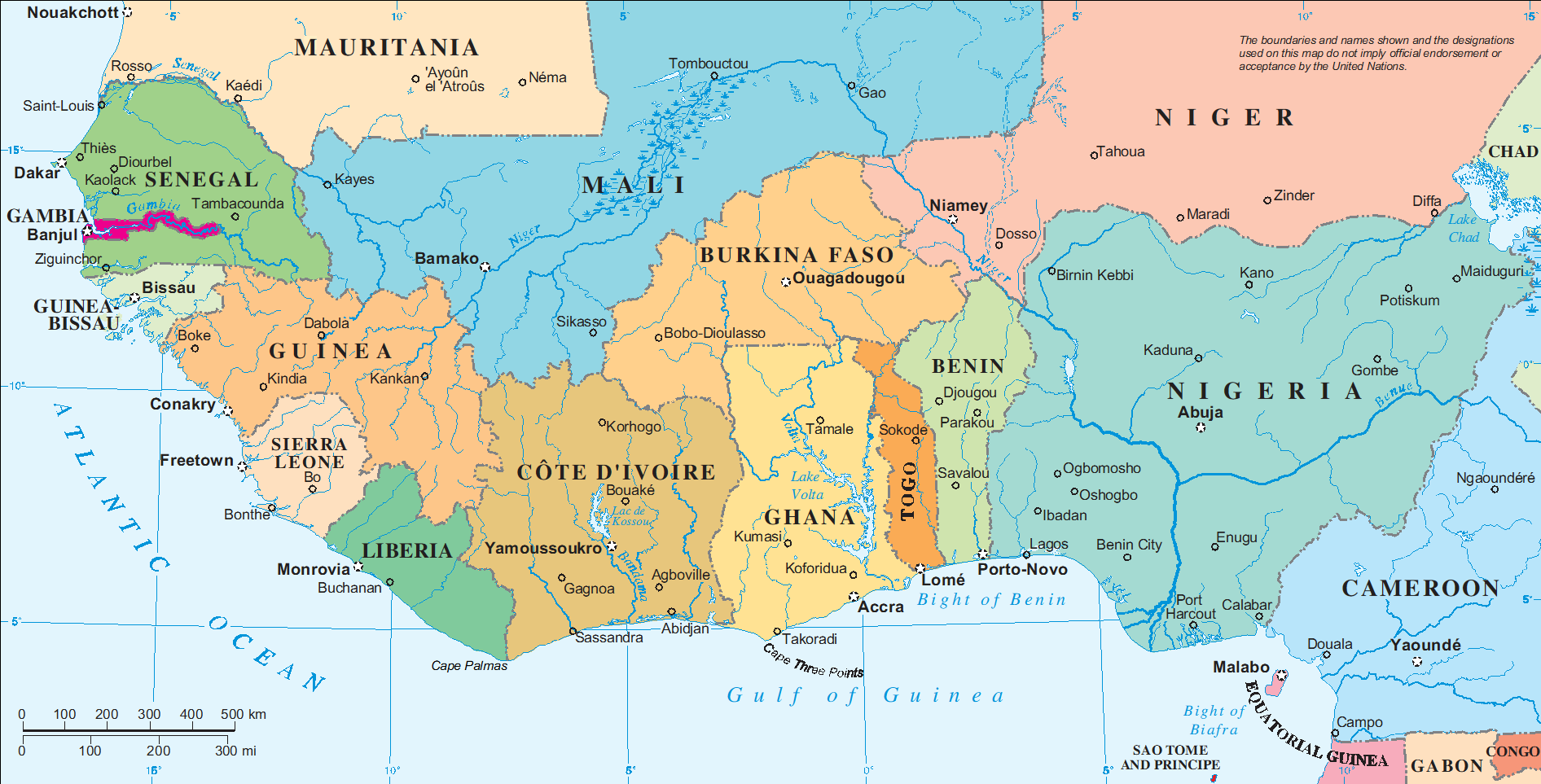Now The Fleur De Lys - Symbol Of New Orleans- Is Under Attack
The black code was a set of regulations adopted in Louisiana in 1724 from other French colonies around the world, meant to govern the state's slave population. Seck said those rules included branding slaves with the fleur de lis as punishment for running
1:59 p.m. CDT July 10, 2015
http://www.wwltv.com/story/news/local/orleans/2015/07/09/historians...
NEW ORLEANS -- The fleur de lis is a symbol that is deeply ingrained in Louisiana's history. Seen in architecture, the state flag and on the helmets of the Saints, it's everywhere.
But while it is now seen as the mark of our great state, it was once used to mark slaves.
"Code noir, those words are French and mean black code," said slave historian Dr. Ibrahima Seck.
WWLTV
'Shame' written across Robert E. Lee statue in Dallas
The black code was a set of regulations adopted in Louisiana in 1724 from other French colonies around the world, meant to govern the state's slave population. Seck said those rules included branding slaves with the fleur de lis as punishment for running away.
"He would be taken before a court and the sentence would be being branded on one shoulder and with the fleur de lis, and then they would crop their ears," Seck said.
Seck said if that slave ran away a second time, he or she would be branded again, but with another brutality added. Their hamstrings would be cut.
WWLTV
Mayor pushes to remove Confederate memorials
To him, this symbol only brings sad thoughts.
"As an African I find it painful, and I think people whose ancestors were enslaved here may feel it even harder than I do as an African," Seck said.
Tulane history professor Terence Fitzmorris said the fleur de lis has roots in the French revolution and, similar to other symbols, was used as a mark of supremacy.
"It was a brutal way of scarring someone and also identifying someone as a particular troublemaker," Fitzmorris said.
Knowing the symbol has that dark history, should it be compared to the likes of the confederate flag?
Fitzmorris said no.
"The fleur de lis was the symbol of a monarchy. The United States of America was a slave-holding republic, not just the south. Where do you stop? Do you get rid of all symbols?
Seck agrees, saying that the symbol has been embraced by the city as one of unity.
Comment
-
Comment by DTOM on July 16, 2015 at 3:25am
-
So Seck is from Senegal, he is is not even a native of New Orleans, Louisiana or the South.
Before he starts criticizing US history and culture, maybe he should look closer to home where evidently, human traffiking and slavery is still very much a reality:
FORCED CHILD BEGGING IN SENEGAL - http://www.antislavery.org/english/slavery_today/child_slavery/forc...
Africans, are still happy to enslave each other, even now -
http://edition.cnn.com/interactive/2012/03/world/mauritania.slavery...
Mauritania, Benin, Cote d'Ivoire, Gambia, Gabon, Senegal, Sierra Leone, Togo, and Cape Verde — are in the 16 countries globally where people are most likely to be enslaved and trafficked across international borders as property.
"Destroying the New World Order"
THANK YOU FOR SUPPORTING THE SITE!
Latest Activity
- Top News
- ·
- Everything
All In The Family | Mike Meets Archie For The First Time | The Norman Lear Effect
entitlement
Death Threats for Assisting ICE?
'They’re Waiting for Us to Die': Area 51 Veterans Plead for Trump’s Help | Elizabeth Vargas Reports
I joined Facebook after 5 years of suspension!!! It went as expected.
Who Were the Silver Ghosts and Fork Tailed Devils Over Germany in WWII?
THE GREAT FLOOD Official Trailer (2026) Netflix | Global Disaster Movies 4K
Mothman Prophecies
© 2025 Created by truth.
Powered by
![]()

You need to be a member of 12160 Social Network to add comments!
Join 12160 Social Network